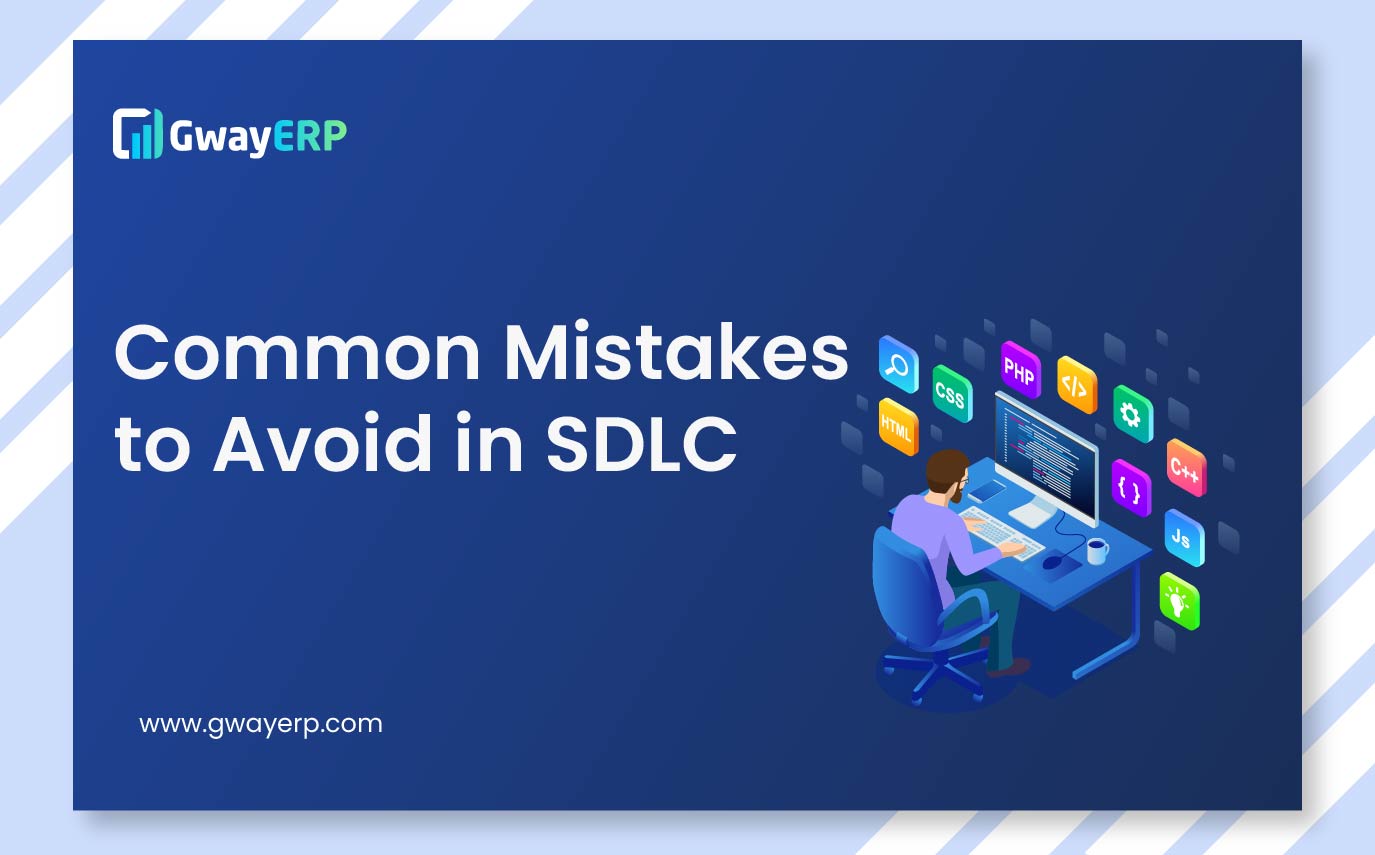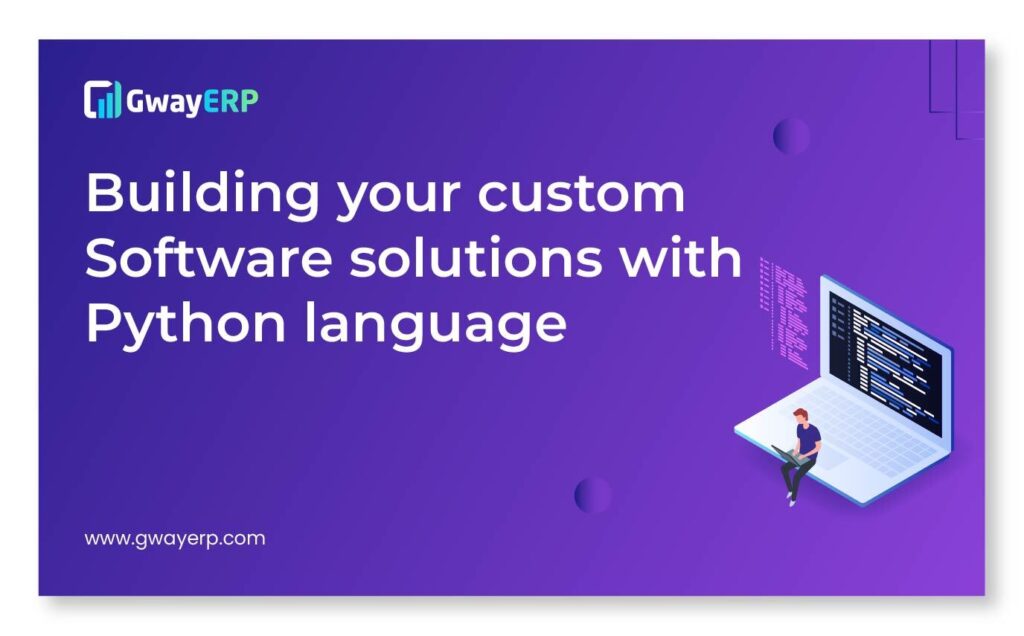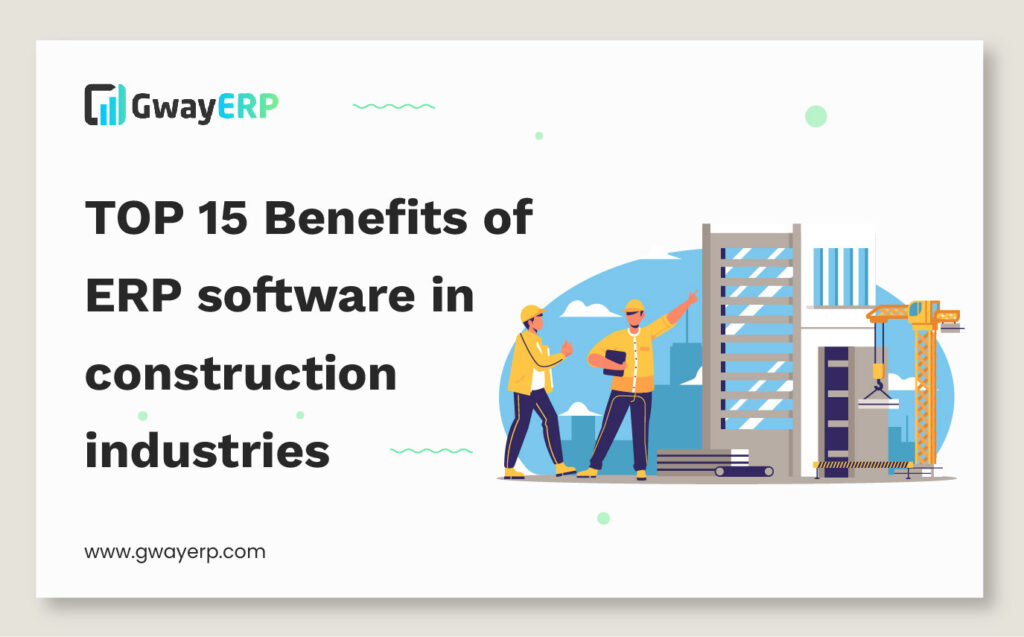
I. Definition:
Methods and techniques for business applications are critical for the successful implementation of any software project. This blog will discuss the top 20 software development methodologies nowadays in use in the company.
• Agile
• Waterfall
• Iterative and Incremental
• Rapid Application Development(RAD)
• Extreme Programming(XP)
• Scrum
• Feature Driven Development(FDD)
• Test-Driven Development(TDD)
• Kanban
• Lean
• Crystal
• Dynamic Systems Development Method(DSDM)
• Unified Process(UP)
• Spiral
• Lean Startup
• Behaviour Driven Development(BDD)
• Prototype
• DevOps
• Service Oriented Architecture(SOA)
II. Agile:
Agile is a popular method for developing software. It is established on iterative and incremental development, in which requirements and solutions suddenly appear through collaboration among self-organizing, cross-functional teams. Agile needs to prioritize working software over documentation, customer collaboration over contract negotiation, and responding to change over sticking to a plan.
Agile methodology is a project management method that focuses on generating practical solutions to complex problems in a timely and efficient manner. It encourages teamwork and gives immediate assistance to foster a culture of continuous improvement. Agile methodology is based on the notion that projects should be divided into smaller chunks and that teams should be free to experiment, explore, and iterate on their work. This speeds up development and delivery while also working to improve collaboration and communication. Customer feedback and participation are prioritised in agile methodology, ensuring that projects are tailored to the customer’s needs.
Waterfall:
The traditional software development methodology is a waterfall. It is built in stages, including design, coding, testing, and deployment. This methodology works best when the requirements are well understood and the project scope is well defined.
A waterfall is a natural phenomenon caused by the flow of water down a steep incline. Waterfalls vary in size from small trickles to massive and awe-inspiring cascades and can be found worldwide. The sight and sound of a waterfall are commonly described as breathtaking, and it has long been delivered as a source of inspiration for writers, painters, and photographers. The force of a waterfall is a source of energy, and some are even used to generate electricity. Its beauty and majesty something like a waterfall makes it a popular tourist attraction and a favourite subject for many artists.
Iterative and Incremental:
Iterative and incremental development is based on breaking down a structure into small chunks of tasks into smaller. Each iteration builds on the previous one, gradually increasing the system’s complexity and features.
The Iterative and Incremental Model is a methodology for software development that combines iterative and incremental approaches. This model typically entails breaking down the software development process into smaller, more manageable chunks and then adding functionality incrementally over time. This allows for more frequent user and stakeholder feedback, as well as a more flexible development timeline. It also enables more frequent testing and debugging, which can contribute to a more reliable product. The Iterative and Incremental Model is ideal for projects with ambiguous requirements, short deadlines, and active customer involvement.
Rapid Application Development (RAD):
Rapid application development (RAD) is a software development methodology that emphasises rapid prototyping, rapid delivery, and customer feedback. It is based on the idea of rapidly and iteratively developing working software while incorporating customer feedback as early as possible.
Rapid Application Development (RAD) is a software development methodology that employs iterative and incremental development to produce applications quickly. It is a rapid prototyping, working software, and collaboration between developers and end users agile methodology. Developers could save time and money by reusing existing code and components when using RAD. The development process is iterative, with the user involved at each step to ensure that feedback is quickly incorporated into the application. As a consequence, RAD is a less expensive investment than traditional software development approaches.
Extreme Programming (XP):
XP is an agile software development methodology that emphasizes communication, simplicity, feedback, and courage. It is based on the idea of building software incrementally, in small increments and incorporating customer feedback as early as possible.
Rapid feedback loops, continuous improvement, and adaptability are prioritized in the Extreme Programming (XP) method of software development. The XP set of software engineering principles places a strong emphasis on teamwork, communication, and customer satisfaction. The idea that the best software is produced through a process of continuous development and iteration, with regular input from stakeholders, clients, and users, is the basis of XP. The core elements of the XP development process, which ensures the highest quality of the software created, include unit testing, code rewriting, and pair programming. Moreover, XP promotes the idea that clear communication is essential for successful projects and that code should be straightforward, self-explanatory, and maintainable.
Scrum:
Scrum is a procedure for agile software development that highlights self-organizing, cross-functional teams. It is based on the concept of incrementally building software in tiny steps and responding quickly to change.
Scrum is an agile methodologies and program management agile framework. It is a simple procedure that enables teams to collaborate extra effectively, complete tasks faster, and deliver successful results. It is built around the values of collaboration, the ability to adapt, and transparency. Scrum enables teammates to self-organize, take ownership, and effectively communicate. It also encourages cross-functional teams and teams to complete tasks in short sprints, making it easier to respond to shifting demands. Scrum is laser-focused on offering consumers value and offering the correct item at the correct moment.
Feature-Driven Development (FDD):
FDD is a methodology for agile software development that focuses on developing features in small chunks. It is based on the idea of incorporating feedback from customers as soon as possible and building features progressively, in small increments.
Feature Driven Development (FDD) is an agile software development process that focuses on developing software system features and functions. FDD prioritizes communication and collaboration between the development team and project stakeholders. Small iterative cycles are used to develop and deliver features. FDD necessitates the team breaking down a project into small features, and then designing, building, and testing each feature independently. FDD also necessitates a number of planning activities, such as creating a feature list and allocating feature ownership. This process enables stakeholders to easily track progress and ensure that the project meets the customer’s requirements.
Test-Driven Development (TDD):
TDD is an agile method for developing software that emphasizes the importance of writing tests before coding. It is constructed around the concept of first note-taking tests, then coding to pass the tests, and at last refactoring the code as required.
TDD is an agile method for developing software that involves writing tests for a piece of software prior to it being written. Developers write test cases in this process to define the desired behaviours of the source code and decide how it should react in different scenarios. The code to fulfil the tests is written after the tests have been written. TDD’s goal is to assist developers in quickly and efficiently designing and building strong, dependable, and sustainable software. TDD guarantees that any adjustments to the code are safe as well as correct, as well as identifying and fixing bugs as quickly as possible.
Kanban:
Kanban is a method of agile software development that emphasizes observing tasks and trying to limit work in progress (WIP). It is built around the ideas of visualizing work, restricting WIP, and responding quickly to change.
Kanban is a common project management system that assists teams in imagining workflow, prioritizing tasks, and managing resources more effectively. It focuses on improving operational efficiencies by limiting the number of assignments a team can take on at once. The Kanban system is based on the idea of visualizing work as cards on a board. It operates by enabling teams to keep moving cards through different stages of a project, such as “in advancement” and “accomplished,” to ensure that everyone is on the identical page with both the project’s progress. Kanban is an excellent tool for keeping teams organized and on path while also ensuring transparency in the progress of the project.
Lean:
Lean software development is an agile methodology that emphasizes waste elimination. It is based on the concept of constantly improving the procedure and removing aLean: ny operations that do not contribute to its improvement.
Lean is a management solution created by Toyota in the late 1980s that focuses on reducing waste in the manufacturing of both goods and services. The goal of Lean is to identify and eliminate any processes or activities that do not add value to the product or service, in addition to trying to increase efficiency and improve customer satisfaction. Lean is based on the concept of continuous improvement, with key principles focusing on streamlining processes, reducing waste, and increasing value for customers. Lean is an effective instrument that can be used to increase the efficiency and effectiveness of any business.
Crystal:
Crystal is an agile software development methodology that stresses communication and feedback. It is founded on the concept of building software incrementally, in small increments, and responding rapidly to change.
Crystal constitutes a beautiful and different gemstone that has been used for its magical and healing properties throughout history. Crystal is believed to have the ability to safeguard and fortify the person who owns it, as well as bring luck and wealth. It is believed to cleanse and balance the body, mind, and spiritual energies. Crystal is also known to have calming and soothing qualities, which may assist in stress and anxiety reduction. It is a famous spiritual healing and cleansing method. Crystal is a highly efficient instrument for anyone wishing more balance and peace in their lives.
Dynamic Systems Development Method (DSDM):
DSDM is a methodology for agile software development that highlights responding quickly to change. It depends on the concept of incrementally developing applications in small increments and responding rapidly to change.
The Dynamic Systems Development Method (DSDM) is an Agile software development methodology that prioritizes the on-time release of high-quality products. To deliver the system in stages, the methodology uses an iterative, incremental strategy, with each process resulting in a working system that can be delivered to the customer. DSDM also stresses stakeholder and development team collaboration, as well as a constant feedback loop to ensure that the team is meeting the customer’s requirements. The end product is a system that is tailored to the customer’s needs, delivered promptly and efficiently, and provides an excellent level of user satisfaction.
Unified Process (UP):
The UP methodology stresses iterative development and incremental delivery. It is founded on the concept of incrementally building software in small increments and responding quickly to change.
Unified Process (UP) is a paradigm for iterative and incremental software development. UP is founded on the best practices of various software development methodologies, such as Extreme Programming (XP), Rational Unified Process (RUP), and Agile Unified Process (AUP). (AUP). UP is an adaptable process framework designed to be tailored to the goals, objectives, and constraints of a particular project. Iterative development, architecture-centric and risk-driven development, and process exposure and control are all priorities at UP. UP focuses on the use of a few essential artefacts, such as use cases, user stories, and architecture diagrams, to drive the development process. Because of its flexibility and emphasis on visibility, control, and rapid feedback from stakeholders, UP is a common option for software development projects.
Spiral:
Spiral is iterative along with an incremental software development method with an emphasis on managing risks. It is based on the idea of creating a program incrementally in small increments while controlling risks all over the course of the project.
A spiral arrangement is made up of a succession of concentric circles or arcs that wind around a central spot. This design appears frequently in nature, especially in the shape of an aquatic snail’s shell, which varies from a nautilus shell, or the shape of a hurricane. It is also frequently used in art, architecture, and design to make interesting and beautiful patterns. Spiral patterns are additionally employed in mathematics to help clarify certain concepts and equations. In general, a spiral pattern depicts creation, evolution, and change.
Lean Startup:
Through iterative and incremental software development, the Lean Startup methodology emphasizes testing and learning. It is based on the idea of building software in small increments and testing and learning from customer feedback incrementally.
The Lean Startup is a business model and methodology that assists entrepreneurs in more efficiently developing, launching, and managing their business ventures. Eric Ries pioneered the model, believing that traditional “plan and build” methods are too slow and inefficient for the modern business world. The Lean Startup methodology encourages entrepreneurs to develop a Minimum Viable Product (MVP) that can be quickly tested in the market and iterated upon. The Lean Startup encourages entrepreneurs to test and iterate along the way rather than focusing on perfecting a product or service and then launching it. The model also encourages data-driven decision-making and ongoing customer feedback. This assists entrepreneurs in developing products and services that their customers desire. This assists entrepreneurs in developing products and services that their customers desire. The Lean Startup is a valuable resource for entrepreneurs who want to launch their company quickly and efficiently.
Behavior-Driven Development (BDD):
BDD is an agile software development procedure that emphasizes communication and collaboration among development firms, testers, and industry professionals. It is based on the idea of building software projects in small increments and responding quickly to changes.
BDD is an agile software development technique that focuses on creating human-readable test cases for software development. BDD promotes collaboration among developers, QA, product owners, and subject-matter experts in order to define tests that describe the system from the user’s point of view.
BDD highlights the significance of writing tests that are simple to read, understand, and maintain, and it does help to ensure that the system is designed to meet the user’s needs. BDD also encourages the use of collaboration tools such as Cucumber to ensure that everyone in the software development team is on the same page. This ensures that perhaps the system is intended to satisfy the requirements of the user while preserving high quality.
Prototype:
Prototype is an iterative and incremental software development methodology that stresses the creation and iterative refinement of prototypes. It is based on the concept of rapidly creating prototypes and iteratively refining them based on customer feedback.
Prototypes are utilized by developers to create new objects by cloning old ones, which is an accepted layout and development technique. It allows developers to quickly and easily create novel objects without having to spell out each attribute and function of the new object. As a result, prototyping is a great method to create and iterate on novel features or goods quickly. In addition, the prototype’s layout streamlines the insertion of new features as well as methods to existing objects. As an outcome, it’s a fantastic tool for writing flexible and extendable code.
DevOps:
DevOps is a methodology for agile software development that stresses automation, communication, and collaboration. It is founded on the concepts of process automation, frequent communication, and cross-team collaboration.
DevOps is a set of practices that combine software development and IT operations to shorten the development life cycle and produce high-quality software on a continuous basis. It emphasizes communication, collaboration, integration, automation, and process measurement to enhance the delivery of services.
By managing infrastructure deployments and testing, DevOps enables faster and more dependable application and service development. DevOps also helps to reduce expenses related to operations while allowing teams to focus on innovation and adding value to the company. Overall, DevOps empowers enterprises to supply better goods and services more quickly while increasing satisfaction with clients.
Service-Oriented Architecture (SOA):
SOA is an iterative and incremental software development methodology that stresses the creation of reusable services and components. It is built on the concept of creating services and components that can be reused and quickly deployed.
Service Oriented Architecture (SOA) is an architectural strategy for software development that stresses the use of loosely coupled services to build applications. It is built around the idea of services, essentially independent utility units that can be published, discovered, and invoked across a network. SOA is intended to assist organizations in adjusting quickly to changing business demands by enabling them to develop applications of composites made up of numerous services in a fraction of the time it would require to create each service individually. Enabling current features to be reused in new programs, it additionally lowers the cost of software development and management.
III. Conclusion:
Continuous Integration (CI): CI is an agile software development methodology that stresses the frequent integration of code changes. It is built on the concept of quickly and frequently integrating code changes and automatically testing the code to detect any problems early.
Continuous Integration (CI) is a software development method that involves developers integrating their code into a shared repository on a regular basis. This common repository is then examined for errors, bugs, and other problems.
This method ensures that code changes are rapidly tested and integrated, preventing the accumulation of errors and bugs. Furthermore, CI can help to ensure the quality and reliability of the code, as well as monitor the development process’s progress. CI is an important part of DevOps, and it is frequently used in combination with automated testing, version control, and other DevOps tools.

